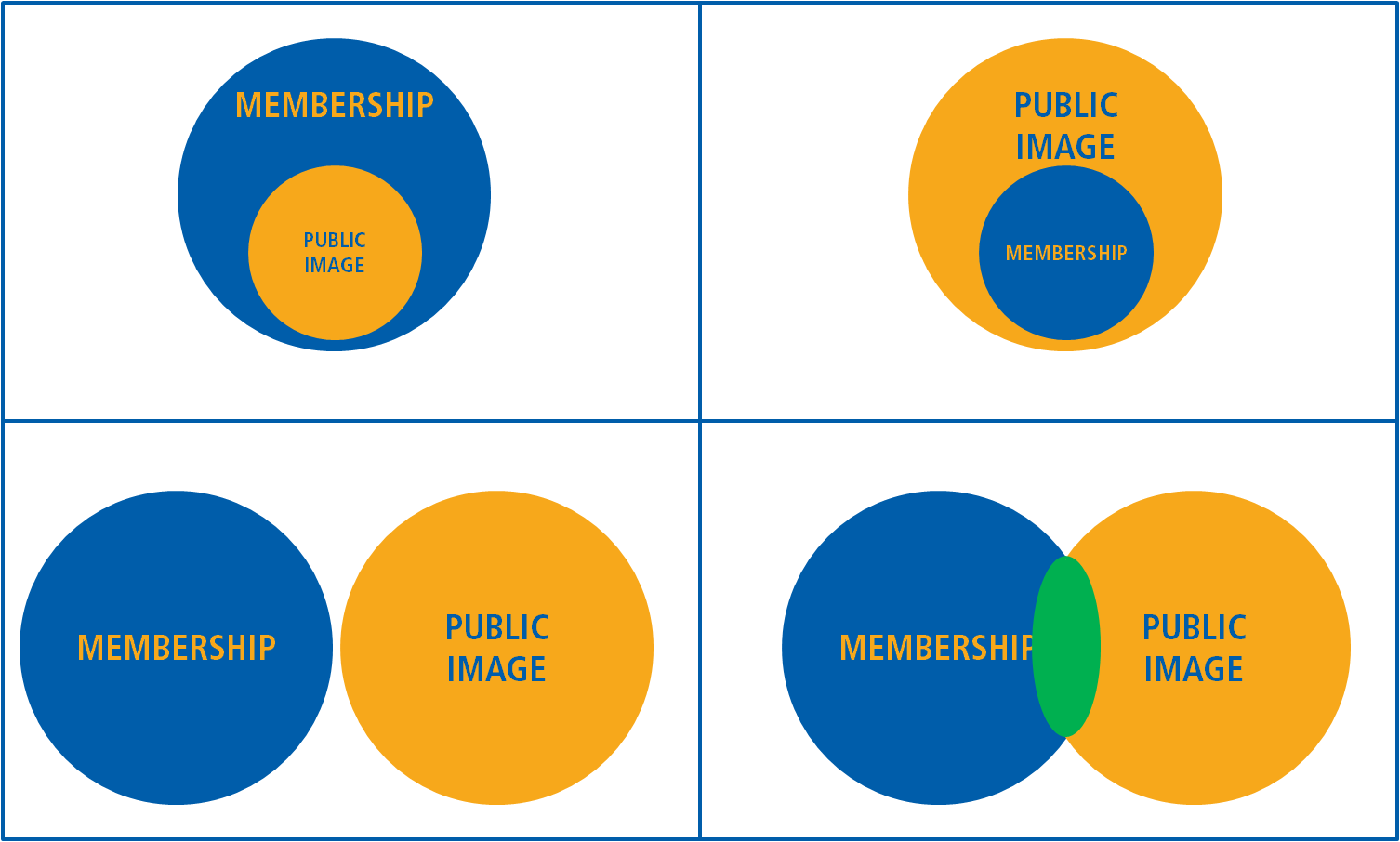
Several years back, Rotary International changed the look of the Model Club.
Instead of structuring clubs along the Avenues of Service model with a Club Director for each Avenue of Service, the new Model Club now structures strategically, and clubs are being asked to align with Rotary International’s strategic goals and objectives.
Under the new model, a standard Rotary club contains the following core positions and structure:
- Club President
- Club Secretary
- Club Treasurer
- Club Director - Membership
- Club Director - Service Projects
- Club Director - The Rotary Foundation
- Club Director - Public Image
Larger and/or very active clubs may choose to enhance this model through the addition of others on club boards and/or management committees - President Elect, Immediate Past President, Vice President, Club Administration, specific Avenues of Service Directors and/or Chairs of Committees, etc.. Details regarding club models are available in the following Rotary Publications via My Rotary:
The take-away message from this change is that Rotary International is asking clubs to focus on four priority areas:
- Membership
- Service Projects
- The Rotary Foundation
- Public Image
Membership and Public Image each have their own discrete focus and should not be treated as one and the same within clubs and districts. Let’s look at how they differ.
Membership deals with strategies and action plans - It’s the process of gaining and retaining members.
- building actions plans for membership development and enhancement
- measuring performance
- developing and nurturing the club culture
Public Relations deals with attitudes, behaviours, branding, marketing, and how we appear to others – it is dealing with perceptions of our organization and the value people associate with it.
- managing the overall communication effort – print, TV, radio, social media etc.
- all communications to Rotary International standards – consistency in branding and presentation
- interpreting and managing perceptions relating to the type and style of causes and events club(s) take on – putting a positive spin on all things related to Rotary
- interpreting and managing the tone of communications, behaviours and events, and the impact such may have on the perception of Rotarians and our brand within the wider community
- getting good news stories into the public domain and to Rotary
In Membership and Public Relations, we have two quite distinct and interrelated roles. Both are important. Each one focuses on a specific strategic priority as set out by Rotary International, one being membership growth and retention and the other brand recognition and awareness.
But...it is critical to remember that overlap between the two may occur and is necessary. A successful membership drive, for example, relies on public image support for effective and correct branding of communication material. Alternatively, a public image campaign relies on membership involvement as a primary source of dissemination and promotion.
Thus, both roles have an important place in clubs and districts as we seek to grow our membership and advance the good news stories involving Rotary.
– Article by PDG C. Ross Carlyle